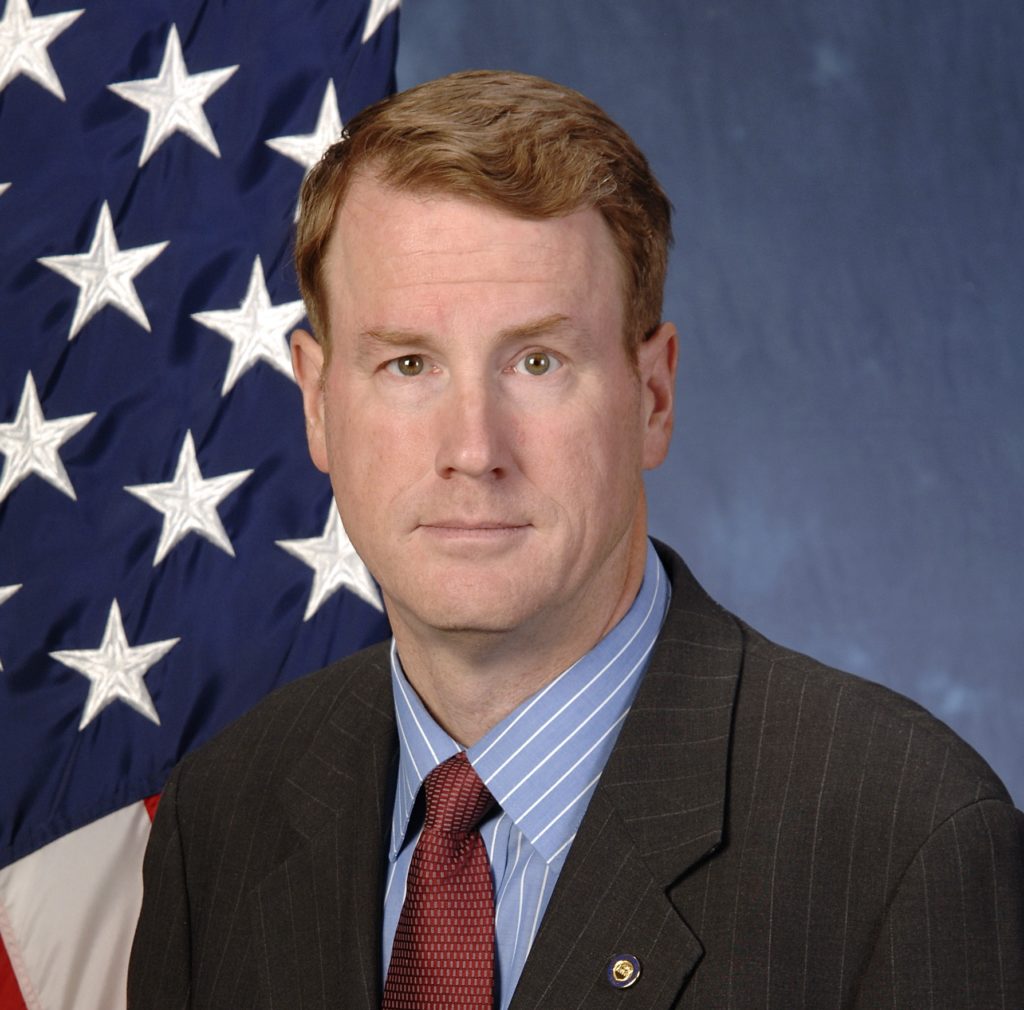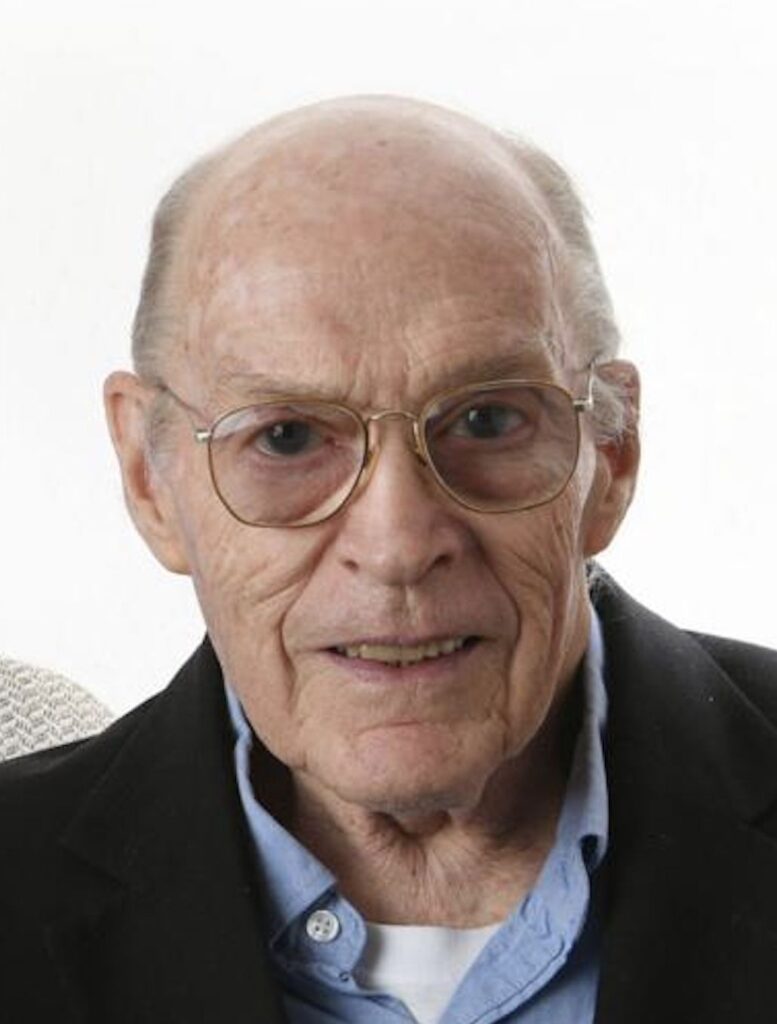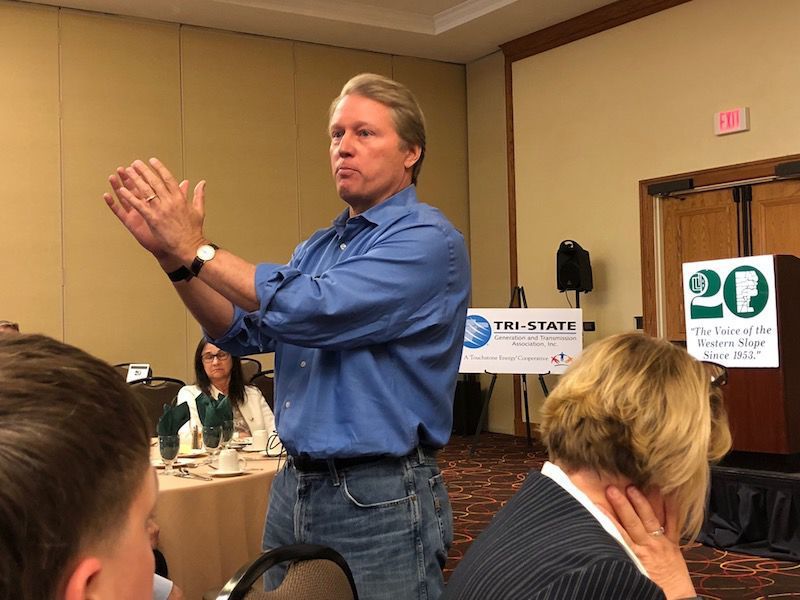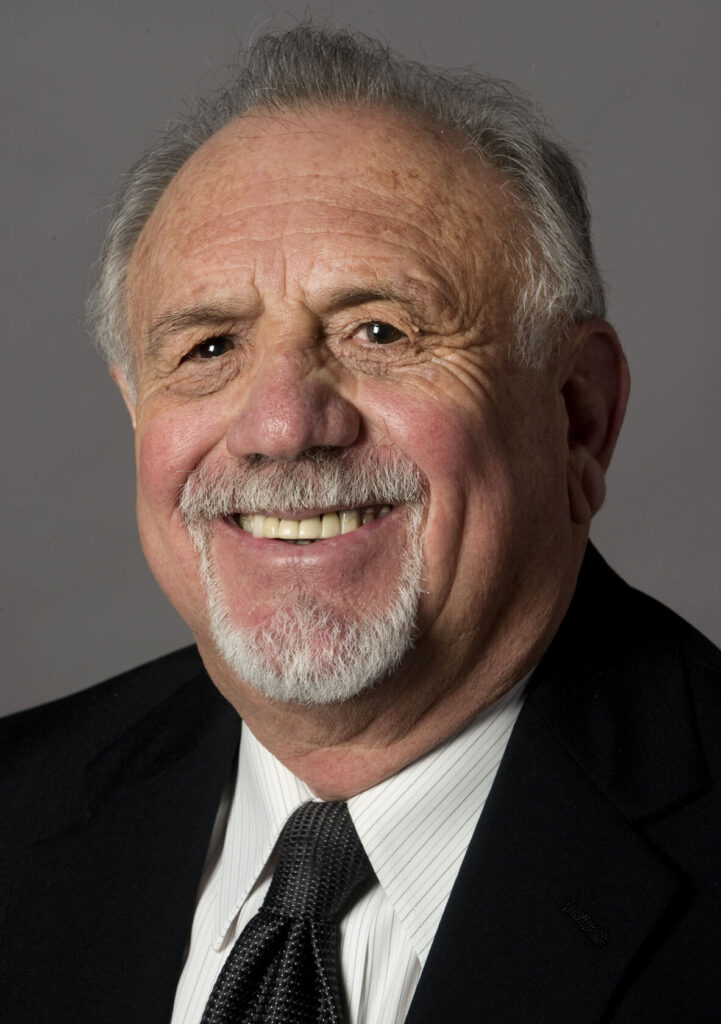As Colorado transitions from coal, nuclear can fill more gap than one | FEEDBACK
Despite the news coming out of Washington, states across the country are taking meaningful action to advance innovative, carbon-free energy technologies to improve air quality, reduce climate impact and create jobs. Colorado has led the pack, committing to 80% clean energy by 2030 and fostering a positive business environment to get itself there.
Colorado has also been a leader in recognizing the need for an expanded energy portfolio, adopting technology inclusive policies through a clean electricity standard that includes advanced nuclear energy — with the general assembly now considering a bill to bolster this clean firm energy source across the Centennial State.
This is a great thing.
Advanced nuclear energy is a safe, clean, reliable power source that can generate zero-carbon heat and electricity and add much needed reliable power to the grid. As the state reduces its reliance on fossil fuel generation, nuclear energy can fill the gap by complementing weather-dependent renewable technologies like wind and solar, which now make up an impressive nearly 40% of the state’s electricity generation. Its ability to fill this increasing need for clean, baseload power will come in handy, especially as the state seeks to retire coal plants like the Comanche power plant in Pueblo, where 125 power plant workers and hundreds of construction workers who service and maintain the power plant will be affected by its retirement.
Stay up to speed: Sign up for daily opinion in your inbox Monday-Friday
But there’s another gap moving away from fossil creates — and that nuclear can help fill: the jobs gap. Nuclear energy is directly responsible for more than 70,000 long-term, high-quality jobs across the U.S., and is indirectly responsible for 250,000 more. In Colorado alone, the United Association represents approximately 4,000 pipefitters and plumbers, with many working in the energy sector. And with more than 15,000 IBEW union members working to build and maintain nuclear facilities across the country, there is real opportunity to bring good-paying jobs to the state.
A comparably sized nuclear plant not only provides more jobs than a coal plant but also requires workers from across nearly every educational category. With proper planning, training, and re-skilling support, most workers from an existing coal plant can transition to roles in a replacement nuclear plant. This transition process necessitates collaboration among various stakeholders, including the utilities involved, labor unions, local communities affected by job shifts, and educational institutions such as local colleges, to ensure a smooth and effective workforce transformation.
The nuclear bill currently under consideration — currently awaiting a signature on the desk of Gov. Jared Polis — would further support the workforce affected by the transition away from legacy energy technologies while providing another tool for Colorado to meet its clean electricity goals reliably and affordably. It would also provide a just transition for a proportion of the staff from coal facilities in the state.
By supporting a variety of clean electricity technologies, including nuclear, Colorado is supporting a next-generation workforce, improving public health and creating a more reliable grid for Coloradans.
Malwina Qvist
Nuclear energy program director
Clean Air Task Force
Nate Gutierrez
Business manager
IBEW Local 111, Denver
Gary Arnold
Business manager
Denver Pipefitters Local 208
Send us your feedback: Click here.











